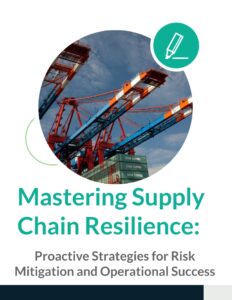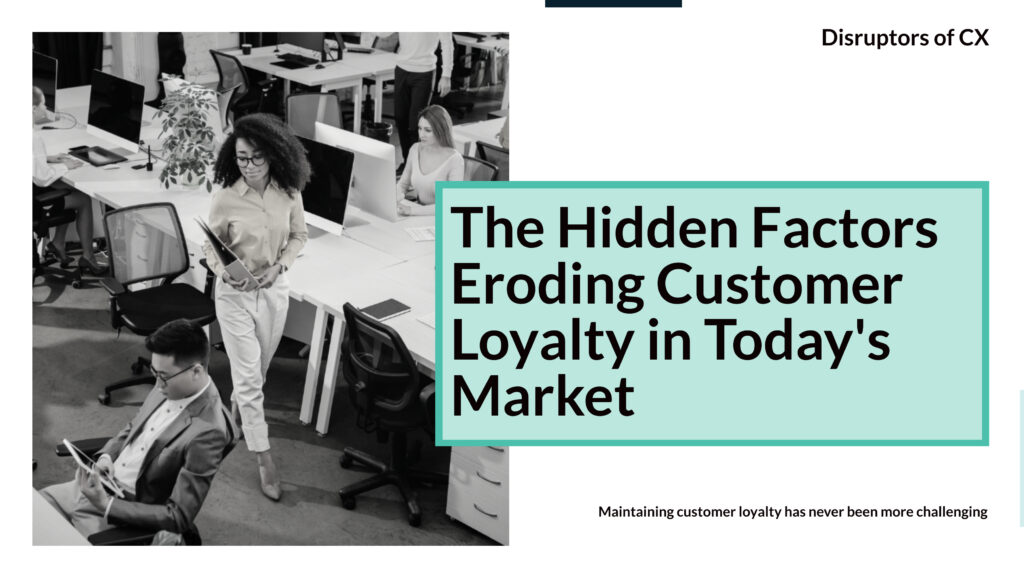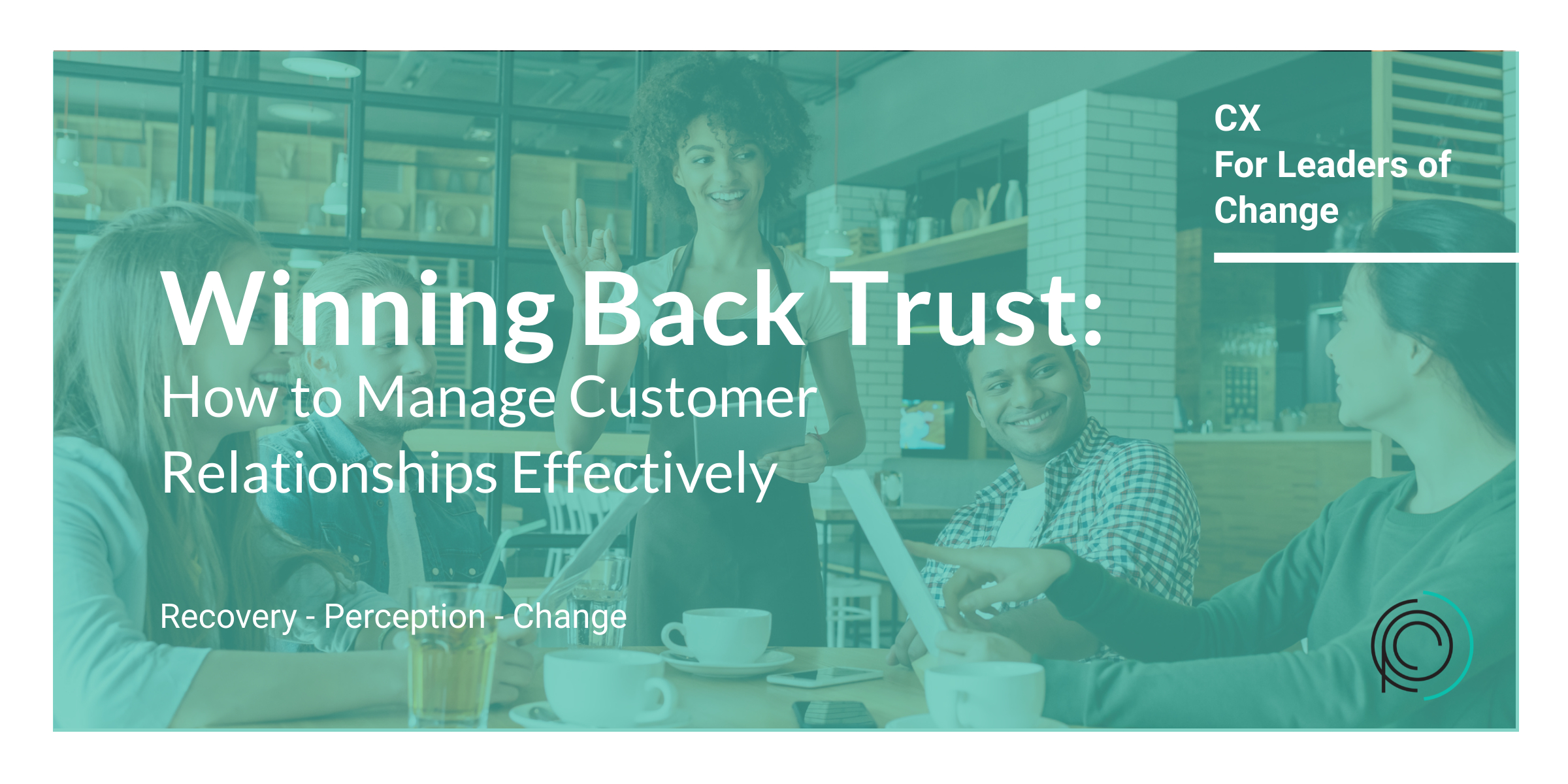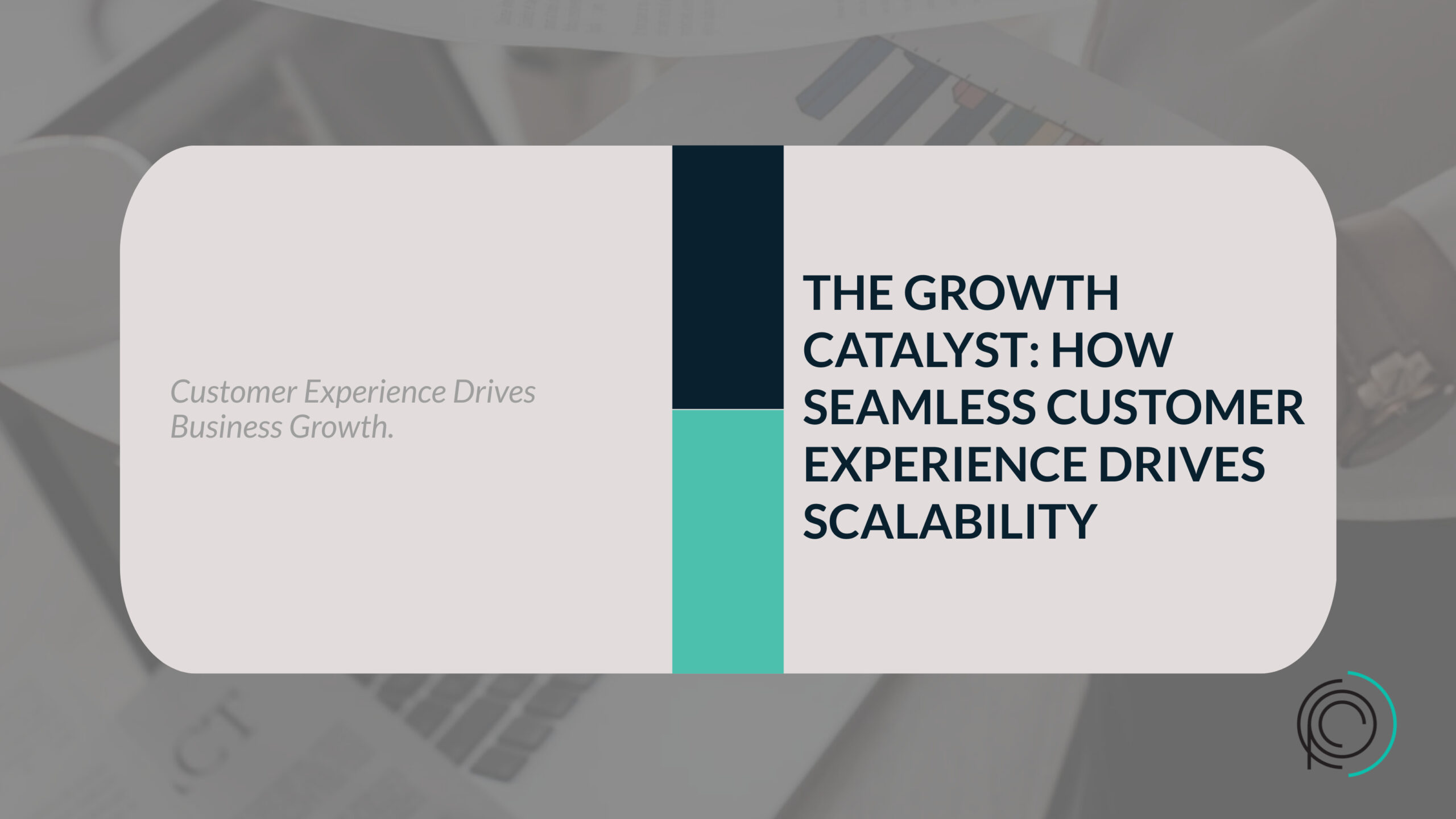Customer loyalty has long been regarded as the backbone of business success. It costs five times less to retain an existing customer than to acquire a new one, and loyal customers are likely to spend 67% more than new customers. Not only that, but loyal customers also tend to advocate for your brand, bringing in referrals and helping to build your reputation. However, as markets evolve and trends shift, maintaining customer loyalty has become increasingly challenging. In today’s highly competitive world, customers have more options than ever before, and their expectations are higher than ever.
So, what’s behind the growing erosion of loyalty? For business leaders aiming to secure long-term success, understanding the factors eating away at customer loyalty is crucial. From the overwhelming abundance of choices available to consumers to rapidly shifting values and priorities, businesses need to stay ahead of the curve. Additionally, inconsistent customer experiences and a lack of personalization can drive even the most loyal customers to seek alternatives. This blog will uncover the hidden reasons why your customers might not stick around and, more importantly, provide actionable strategies you can implement to rebuild trust, foster engagement, and keep your customers coming back for more.
The Importance of Customer Loyalty
Devoted customers are more than just regular buyers; they are ambassadors for your brand and a key driver of long-term success. A loyal customer base doesn’t just contribute through frequent purchases—they become advocates, spreading positive word-of-mouth and helping to attract new business. Beyond this, loyal customers significantly lower marketing expenses, as retaining an existing customer is far more cost-effective than acquiring a new one. They also provide a steady and reliable revenue stream, offering stability even in unpredictable times.
According to a report published by Bain & Company, increasing customer retention rates by just 5% can boost profits by an impressive 25% to 95%, making loyalty a critical focus for any business. However, despite its importance, businesses across industries are facing an alarming reality—customers are becoming less loyal and more willing to explore competitors’ offerings. Factors like heightened competition, easy access to alternatives, and rapidly changing consumer expectations are driving this trend.
Understanding this shift starts with looking inward. Businesses must identify the roadblocks within their own practices, such as inadequate customer service, lack of personalization, or inconsistent quality. At the same time, it’s important to analyze the external pressures in today’s competitive marketplace, from the rise of disruptive startups to the growing demand for social responsibility and environmental sustainability. Addressing these challenges is essential for not only retaining customers but also turning them into lifelong advocates for your brand.
Often, what I have found is that business leaders focus intently on looking inward, meticulously reviewing and revising internal business operations, only to find themselves grappling with the same recurring issues. This cycle often occurs because internal assessments can be limited by organizational blind spots or entrenched perspectives. Sometimes, looking inward effectively requires an external perspective—outsourcing this critical task to consultants or industry experts can uncover hidden inefficiencies, identify overlooked opportunities, and provide objective insights essential for meaningful transformation.
In my professional experience, and having conducted hundreds of assessments, the root cause of an operational gap is almost always not what business leaders initially thought was the driving issue. Leaders often attribute operational challenges to surface-level inefficiencies or specific departmental shortcomings, but deeper analysis often reveals systemic issues such as misaligned processes, unclear communication channels, or outdated technology frameworks. These underlying causes frequently go unnoticed because they develop gradually and become normalized within the organization’s culture. Addressing these root causes requires a disciplined and methodical approach, leveraging both internal and external expertise to identify and implement sustainable solutions.
Now, let’s dive into the top 7 factors eroding your customer loyalty.
Top Factors Eroding Customer Loyalty
- Choice Overload in a Crowded Marketplace
Modern consumers have more options than ever before, creating what psychologists call “choice overload.” While variety is typically viewed as positive, this sheer abundance of choices can overwhelm customers, making them more likely to bounce between brands rather than commit to one.
For instance, in the e-commerce space, customers can easily switch to another retailer for lower prices, faster delivery, or perceived better quality. Loyalty becomes secondary when competing products or services provide similar or enhanced value.
Solution:
Simplification can combat choice fatigue. Provide curated recommendations or personalize the customer experience to drive loyalty. Tools like AI-driven product suggestion engines (used by companies like Amazon and Netflix) make decision-making easier and create a more satisfying experience.
- De-personalized Experiences
Customers expect a tailored experience, and when brands fail to deliver, loyalty suffers. A Salesforce study reports that 66% of customers expect companies to understand their unique needs, yet many businesses apply generic approaches to customer engagement.
Whether it’s sending untimely promotional emails or failing to acknowledge loyalty milestones, impersonal service signals to customers that they are just a number in your database—not a valued individual.
Solution:
Invest in customer relationship management (CRM) tools to track preferences, purchase history, and behavior. Use this data to create personalized marketing campaigns, reward programs, and shopping experiences that make customers feel seen and appreciated. Brands like Nike excel at this with their NikePlus membership, which offers exclusive deals, events, and personalized product suggestions.
- Declining Trust in Brands
Trust is the foundation of loyalty, but it’s a fragile asset. Negative headlines about data breaches, unethical practices, or inconsistent product quality can severely harm customer trust. Edelman’s 2023 Trust Barometer found a stark decrease in trust towards businesses, with many consumers demanding greater transparency and accountability.
Solution:
Make trust-building a priority. Communicate openly about your operations, supply chain, and values. Highlight sustainability initiatives or philanthropic efforts that align with your audience’s beliefs. Patagonia, for example, strengthens trust by standing firmly on environmental issues and being transparent about its production processes and values.
- Poor Customer Service
A frustrating customer service interaction can damage an otherwise positive relationship. According to Microsoft UK, 58% of consumers say that customer service impacts their loyalty to a brand. Long response times, unhelpful representatives, or lack of omnichannel support can make customers feel unvalued.
Solution:
Improve your customer service infrastructure. Train your representatives to handle issues efficiently and empathetically. Offer multiple support channels—phone, chat, email, and social media—to meet customers where they are. Incorporating AI chatbots can also assist in providing immediate answers to common inquiries.
- Misaligned Brand Values
Today’s consumers, especially millennials and Gen Z, are loyalty-driven by shared values. According to Accenture, 62% of customers want companies to take a stand on social, cultural, environmental, and political issues. When businesses fail to align with their customers’ values, loyalty erodes quickly.
For example, brands accused of greenwashing may find that customers will turn to competitors who offer ethical transparency and genuine environmental commitments.
*Greenwashing refers to the practice of misleading consumers into believing that a company’s products, services, or overall operations are more environmentally friendly than they truly are. This deceptive strategy often involves vague or exaggerated claims about sustainability or environmental impact without substantial evidence to support them. Common forms of greenwashing include using eco-friendly terms without verification, highlighting minor green initiatives while ignoring larger environmental harms, or creating a false impression of commitment to environmental responsibility. Consumers are increasingly vigilant against greenwashing, demanding transparency and accountability from businesses claiming to prioritize sustainability.
Solution:
Align your brand values with your target audience authentically. Adopt policies that prioritize sustainability, diversity, and inclusivity. Publicize these initiatives through storytelling and campaigns, but ensure they are sincere and demonstrable to avoid accusations of performative action.
Steps to Become a More Sustainable Business:
- Conduct a Sustainability Audit: Analyze your operations to find ways to reduce waste, save energy, or adopt eco-friendly practices. Use this audit to set your sustainability goals.
- Set Clear Goals and Metrics: Define measurable objectives, like cutting carbon emissions, switching to renewable energy, or reducing plastic in your supply chain.
- Invest in Sustainable Technology: Look into energy-efficient equipment, digital workflows to cut paper use or biodegradable packaging materials.
- Collaborate with Stakeholders: Work with suppliers, partners, and customers to promote sustainable practices across your value chain. Ensure everyone aligns with your goals.
- Educate Employees: Train your team on the importance of sustainability and how their actions support your goals.
- Communicate Progress: Share updates on your efforts via reports, press releases, and social media. Transparency builds trust and shows your commitment.
By adopting these strategies, your business can reduce its environmental impact, boost its reputation, attract eco-conscious customers, and contribute to a greener future.
- Failing to Reward Loyalty
Many businesses fail to retain their best customers because they neglect to reward them. A study by Yotpo found that 52% of consumers are loyal to specific brands but expect loyalty programs in return. Without incentives, customers may feel undervalued and switch to brands offering better perks.
Solution:
Create (or revamp) your loyalty program. Offer tangible rewards like discounts, points that accumulate toward free items, or exclusive access to products and services. Starbucks drives incredible loyalty through its rewards program, which allows members to earn stars redeemable for free coffee, food, and more.
- Slow Adaptation to Technological Change
Failing to adapt to changing customer expectations—particularly in technology—can put businesses at risk. For example, if your online shopping platform is slow, outdated, or difficult to use, customers won’t hesitate to shift to competitors with seamless, user-friendly experiences.
Solution:
Stay ahead of technological trends. Optimize your website and mobile platforms for speed, usability, and functionality. Consider innovations like augmented reality (AR) for virtual product demonstrations or improvements like contactless payments that create convenience for your audience.
How to Earn Back Customer Loyalty
If your business has struggled to retain customers, it’s not too late to implement changes that bring them back on board. Here’s how to rebuild trust and regain lost loyalty:
- Gather Customer Feedback: Use surveys, online reviews, or interviews to identify gaps in your offerings or experiences.
- Adjust Based on Data: Use analytics to pinpoint customer pain points and behavior patterns. Adapt strategies to meet their evolving needs.
- Communicate Changes Clearly: If you’ve resolved an issue or made improvements, communicate these updates to your audience. Show them that their feedback matters.
Make Customer Loyalty Your Competitive Edge
Customer loyalty in today’s crowded market is both a challenge and an opportunity, aim to use it as an opportunity and be different. The organizations that succeed are those willing to listen, adapt, and go the extra mile to deliver value, trust, and personalized experiences. By focusing on the factors listed above and implementing targeted solutions, you can forge strong, lasting relationships with your customers—ones that your competitors will admire.
Want scalable ways to retain your customers? Start by focusing on personalization, seamless interactions, and value-driven rewards. Make loyalty your competitive advantage. For more information about customer experience click the Customer Experience tag below or sign up for a no-obligation consultation.







